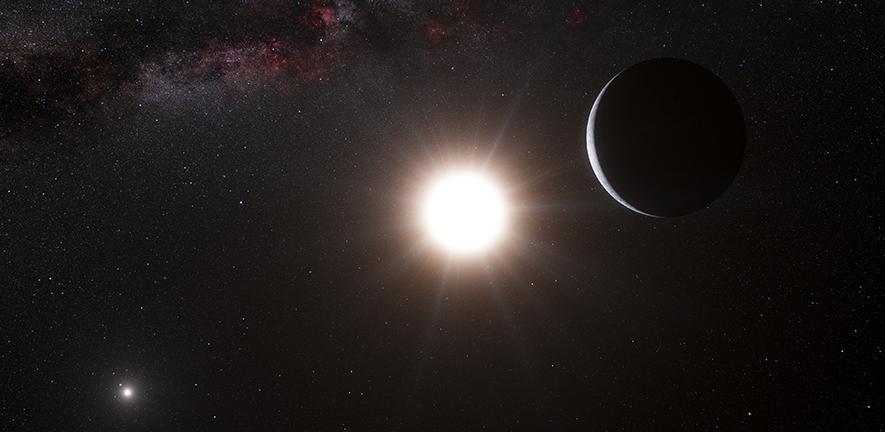
Astronomers have developed the most realistic model to date of planet formation in binary star systems.
The researchers, from the University of Cambridge and the Max Planck Institute for Extra-terrestrial Physics, have shown how exoplanets in binary star systems—such as the ‘Tatooine’ planets spotted by NASA’s Kepler Space Telescope—came into being without being destroyed in their chaotic birth environment.
They studied a type of binary system where the smaller companion star orbits the larger parent star approximately once every 100 years—our nearest neighbour, Alpha Centauri, is an example of such a system.
“A system like this would be the equivalent of a second Sun where Uranus is, which would have made our own solar system look very different,” said co-author Dr...
Read More









Recent Comments